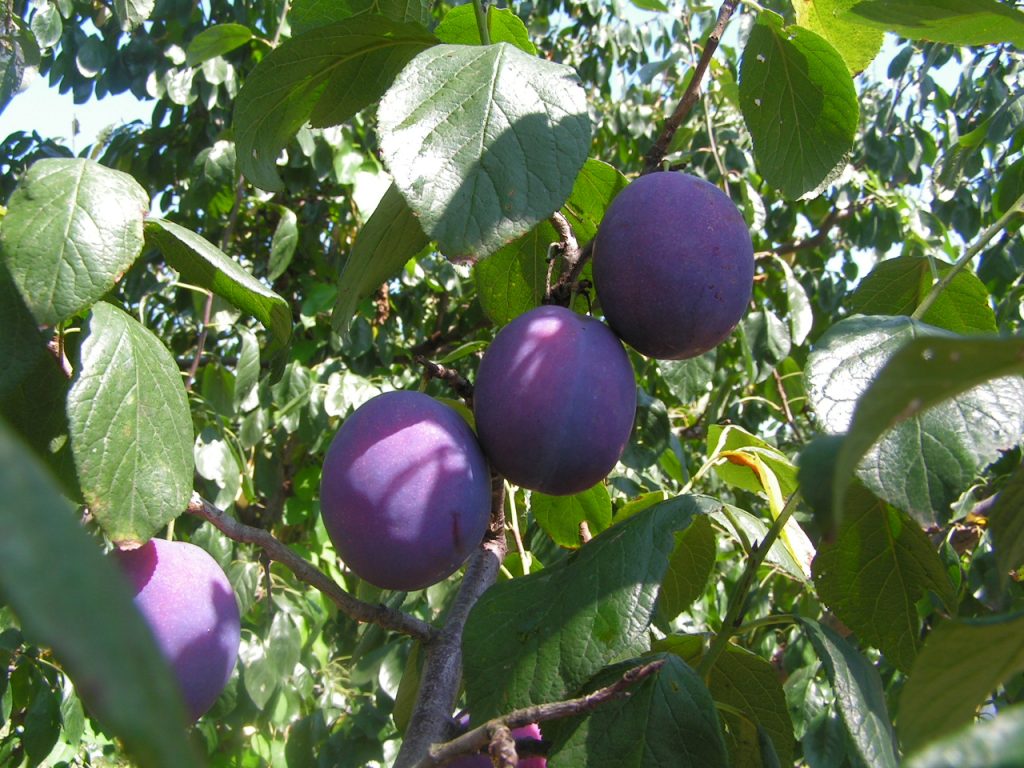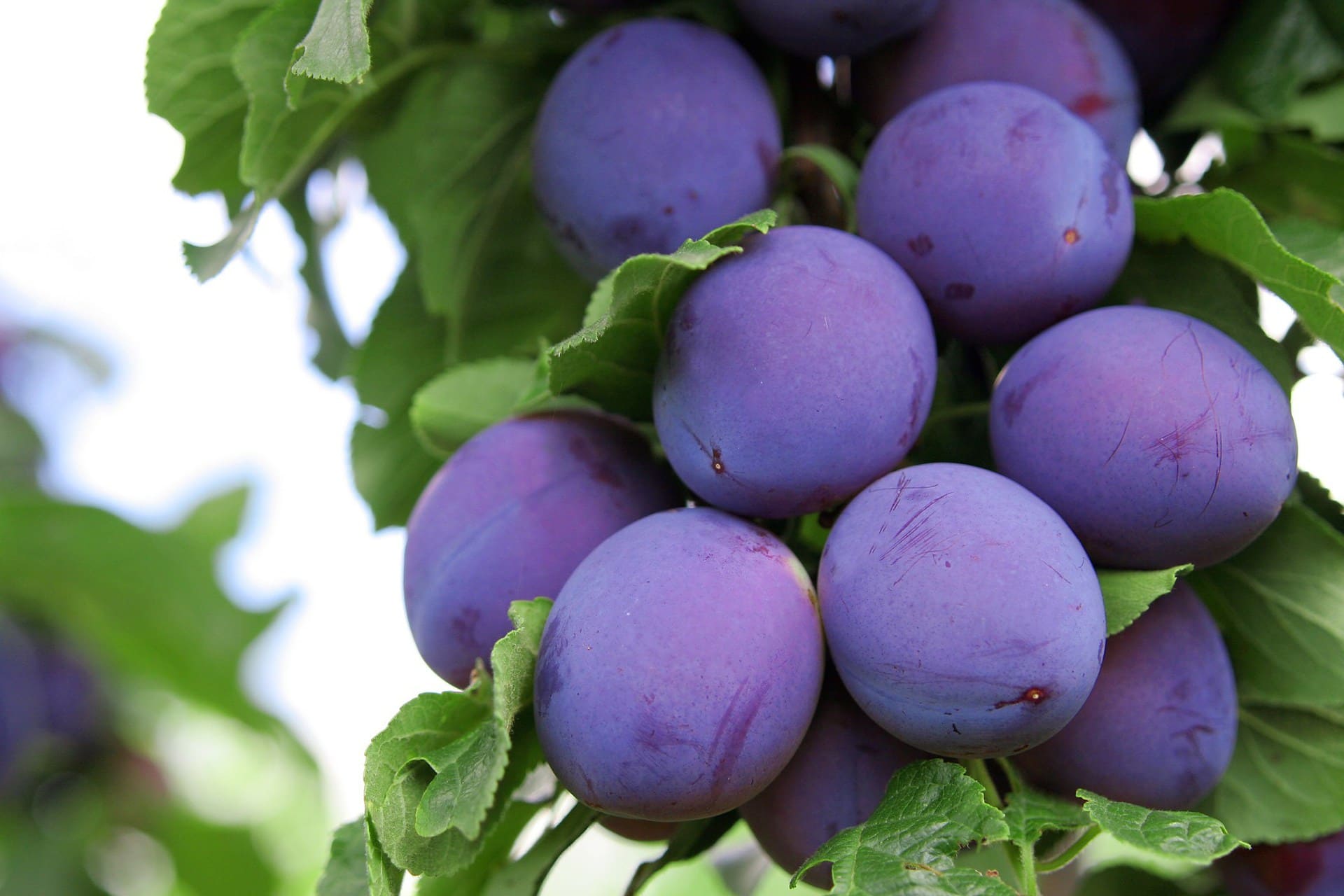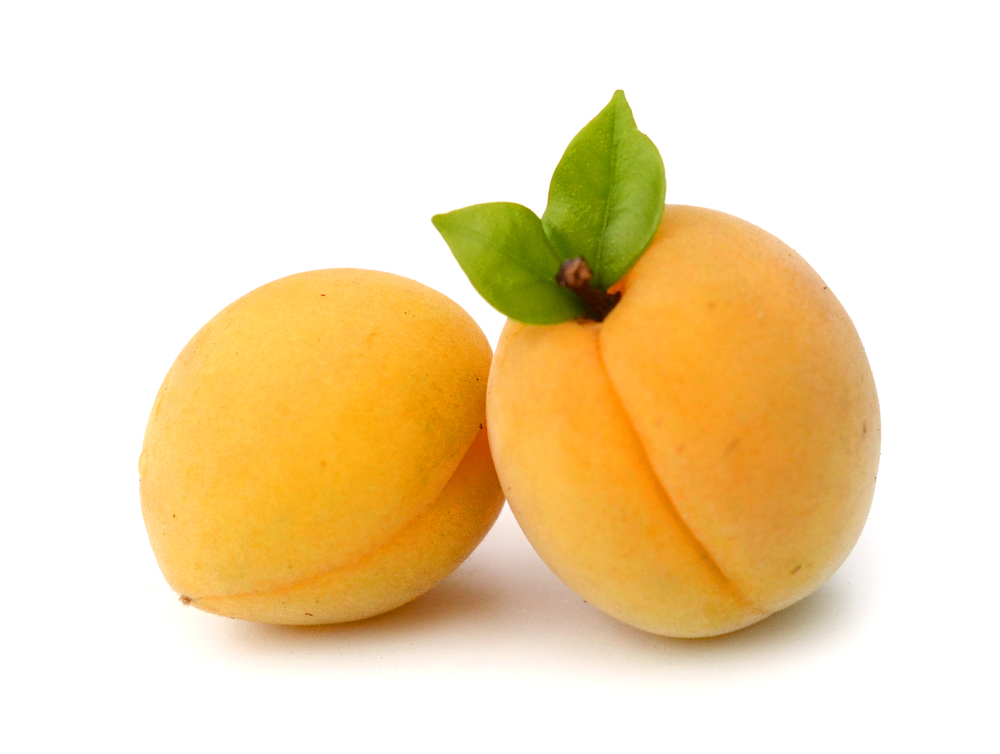European Plum / Prune (Prunus domestica): Fruit Characteristics, Varietal Traits, Nutritional Value, and Distribution
Prunus domestica L., commonly known as the European plum or prune, belongs to the Rosaceae family under the subfamily Amygdaloideae within the genus Prunus. This cultivated variety of European plum is renowned for its sweet, juicy fruits and high nutritional value when dried.
Fruit Characteristics
The fruit of Prunus domestica is classified as a drupe. It typically has an oval or ovoid shape, with size varying by cultivar but generally measuring about 3-6 cm in length. The skin is smooth, with colors ranging from deep blue to purple-black or black upon ripening, and often features a white bloom on the surface. The flesh inside can be yellow or yellow-green—soft, juicy, with a sweet yet slightly tart flavor—and contains an easily separable pit (freestone).
Varietal Traits
This particular type of European plum excels at being dried into prunes due to its high sugar content, which intensifies its flavor post-drying and also makes it less prone to spoilage. This makes them ideal for storage and transport purposes. Although primarily enjoyed as dried fruits (prunes), fresh plums are equally delightful:
- French Prune / Petite d’Agen: A leading prune variety known for small-to-medium-sized oval fruits that are deep purple.
- Italian Prune: Medium-sized ovoid fruits that are deep blue—suitable both fresh and dried.
- Stanley Prune: A prolific cultivar producing larger, oval-shaped, deep-blue, freestone fruits.
These trees exhibit considerable cold-hardiness along with strong adaptability.

Nutritional Value and Potential Benefits
Fresh plums from this species are rich sources of carbohydrates and dietary fibers, plus essential vitamins such as C and K, along with minerals like potassium. When dried into prunes, their nutrient density increases significantly. They become excellent sources, especially noted for dietary fibers, potassium, iron, and Vitamin K. Prunes also contain sorbitol, which aids digestion and relieves constipation, besides being packed with antioxidants, including phenolic compounds.
Regular consumption, whether fresh or dried, helps maintain digestive health, supports bone strength, and provides antioxidant defenses.
Distribution and Cultivation
Originally native across Europe and Western Asia, these plums now grow widely across continents. They are notably found within regions like North America and Asia, among others, where major production hubs include the USA, France, Chile, and Serbia. They prefer temperate climates paired with well-drained soils and are propagated mainly by grafting techniques.



